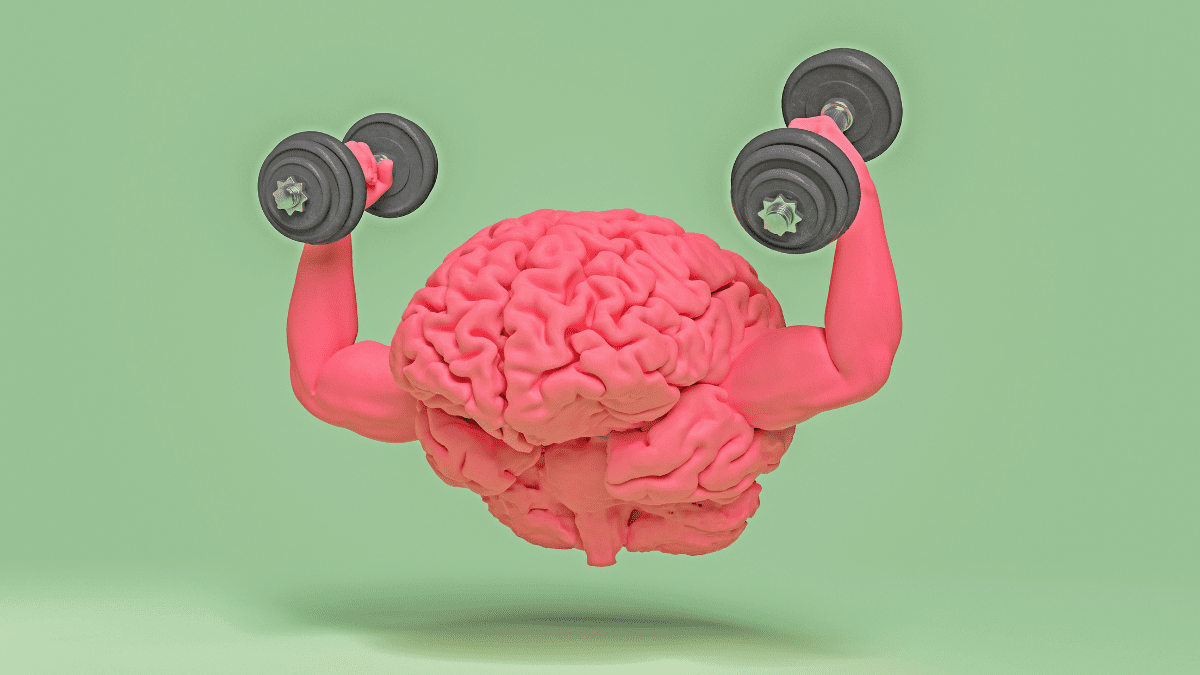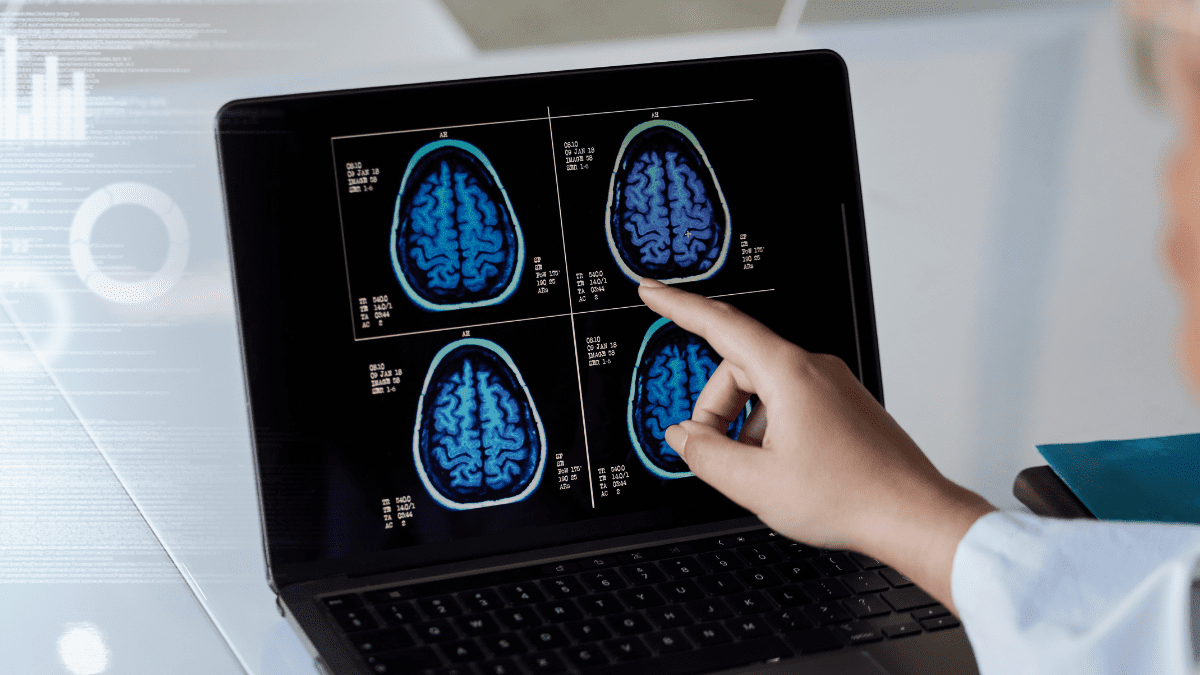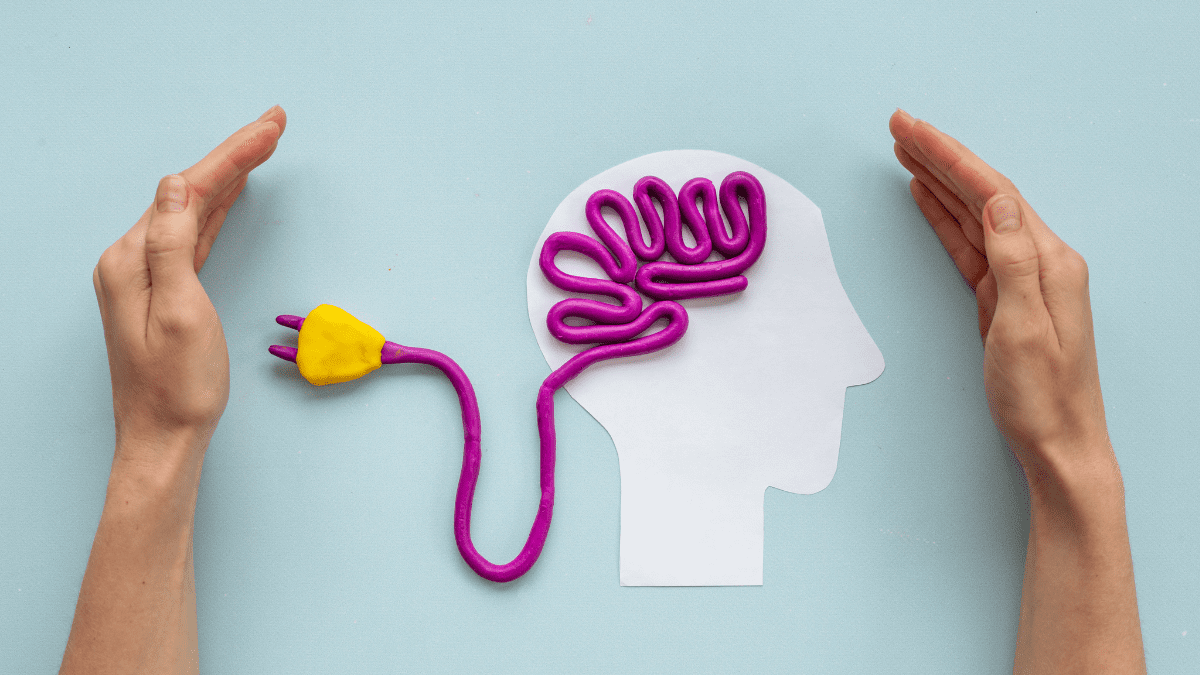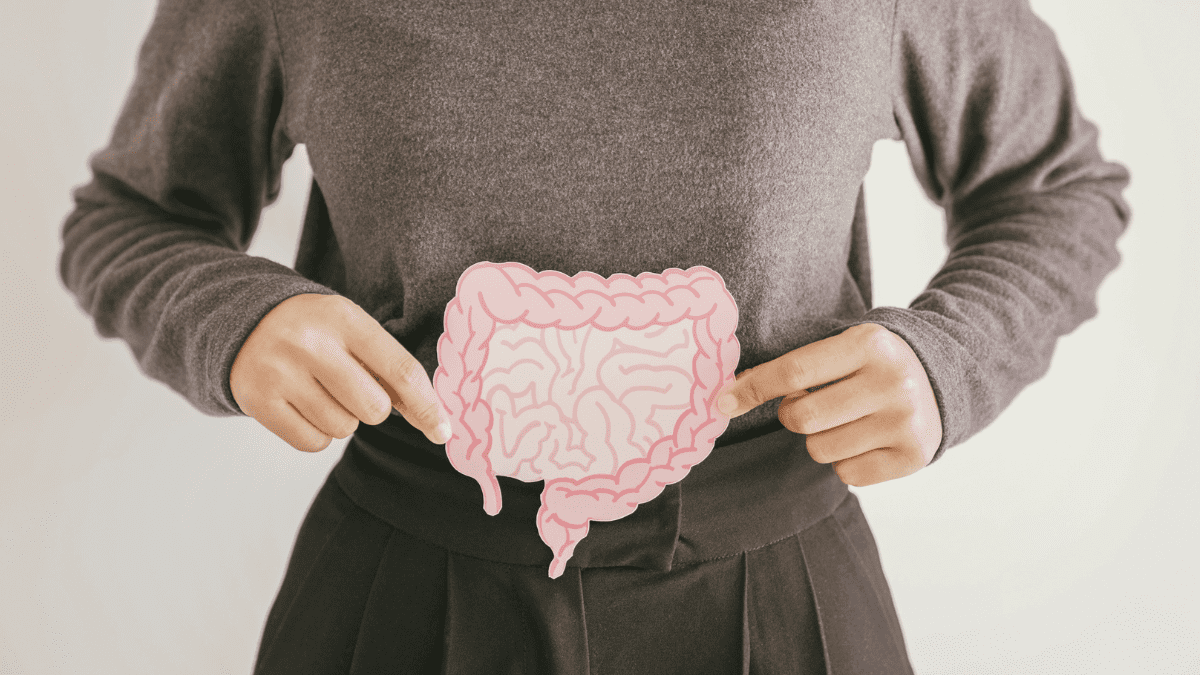Brain Plasticity Neuroplasticity: Unlock Hidden Potential
Brain plasticity neuroplasticity unlocks your hidden potential, rewires pain into power, and transforms how you heal, think, and live. The truth is more life-changing than you think.
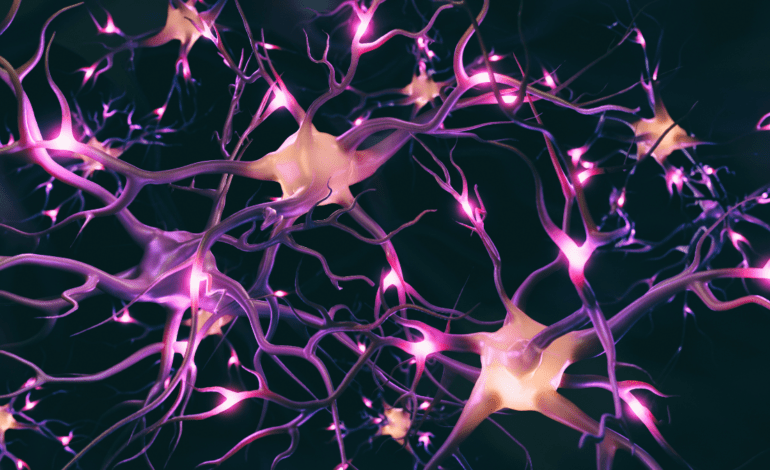
In This Article
- What Is Brain Plasticity Neuroplasticity and Why Should You Care?
- What Is Brain Plasticity Neuroplasticity and Why Does It Matter?
- How Brain Plasticity Neuroplasticity Rewires Habits and Behavior
- Daily Practices That Boost Brain Plasticity Neuroplasticity
- Real-Life Transformations Through Brain Plasticity Neuroplasticity
- The Spiritual Side of Brain Plasticity Neuroplasticity
- Conclusion — Rewire Your Reality with Brain Plasticity Neuroplasticity
- Brain Plasticity Neuroplasticity — FAQ
What Is Brain Plasticity Neuroplasticity and Why Should You Care?
Your brain is not fixed. In fact, it’s constantly changing. This incredible ability — known as brain plasticity neuroplasticity — is how your brain rewires itself throughout life.
At any age, you can form new connections, reshape thoughts, and heal from deep emotional wounds. Moreover, you don’t need years of therapy to begin. With the right tools, even small shifts in daily habits can create lasting change.
So, why is this so important right now?
Because millions are stuck in cycles of overthinking, anxiety, or mental fatigue. Yet, most people never learn how their brain can help them break free. That’s where the science of neuroplasticity changes everything.
In this article, you’ll learn how brain plasticity rewires habits, supports healing, and helps you unlock your hidden potential. You’ll also discover real-world practices that activate this power.
And if you struggle with focus or forgetfulness, don’t miss our guide on brain fog supplements you need now to reclaim clarity.
What Is Brain Plasticity Neuroplasticity and Why Does It Matter?
Can your brain really change itself at any age?
Yes, it can. For decades, scientists believed the brain was static after childhood. However, new discoveries have shattered that myth. Research from the Mayo Clinic and other institutions shows that the adult brain can reorganize itself—physically and functionally.
This means your brain forms new connections throughout life. It can compensate for damage, adapt to new experiences, and recover from emotional trauma. Even after injury or long-term stress, your brain continues to evolve.
What’s more, this ability isn’t rare. It’s a natural function, available to all of us.
What triggers brain plasticity neuroplasticity in everyday life?
Surprisingly, change happens more often than you think. Every time you learn something new, your brain adapts. Whether you practice a language, take up a hobby, or meditate, your brain reshapes itself.
According to Healthline, activities like mindfulness, physical movement, and sleep are powerful neuroplastic triggers. So are emotional experiences—both good and bad. Even repeating positive affirmations can reinforce new mental pathways over time.
Therefore, each action you take sends a signal to your brain. Repetition strengthens it. Neglect weakens it. That’s why consistency matters.
Is neuroplasticity the missing link in mental health recovery?
More therapists and psychologists are embracing neuroplasticity in healing. Conditions like anxiety, PTSD, and depression are deeply connected to how the brain has been wired by past experiences.
As PositivePsychology.com explains, trauma can “lock in” emotional patterns that become automatic. But brain plasticity allows us to interrupt and replace those patterns. This gives hope to people who feel stuck.
Notably, talk therapy, EMDR, and somatic practices all work—because they activate the brain’s plastic response. Over time, they help reprogram emotional triggers and automatic reactions.
You’re not broken. Your brain is simply following old instructions. With awareness and practice, you can give it new ones.
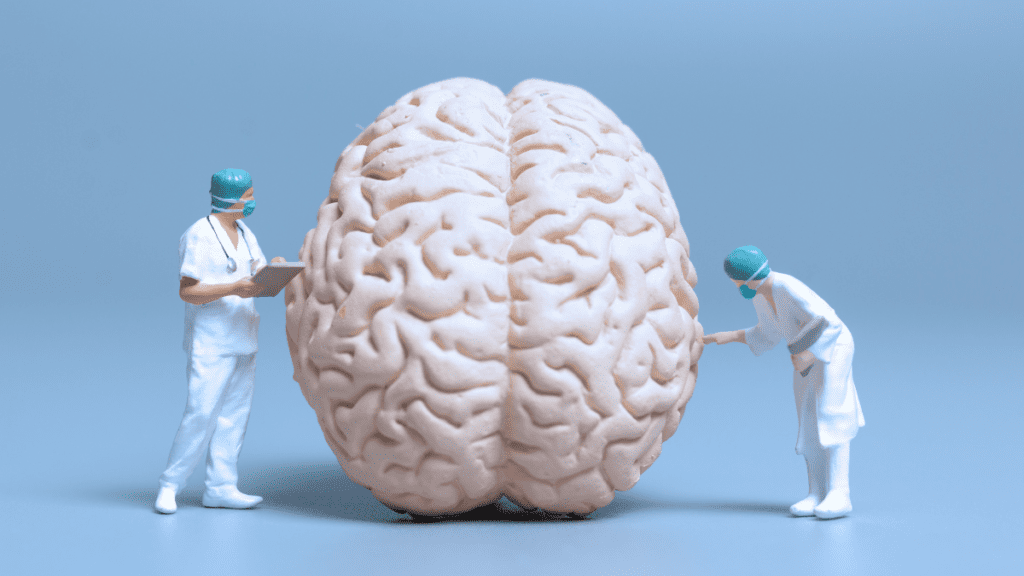
How Brain Plasticity Neuroplasticity Rewires Habits and Behavior
How does your brain form new pathways?
Your brain is always listening. Every thought, behavior, or experience leaves a trace. When repeated, those traces deepen into lasting pathways. This is how habits form.
According to neuroscience, neurons that “fire together, wire together.” This means repeated actions strengthen specific neural circuits. Over time, those circuits shape your behavior, mood, and even your identity.
Importantly, your brain doesn’t know if a habit is helpful or harmful. It simply follows the patterns you feed it. That’s why awareness is the first step to change.
Can brain plasticity neuroplasticity break bad habits?
Yes—and that’s the beauty of it. Because your brain is adaptable, you’re never stuck with destructive patterns. You can unlearn them.
For example, overthinking, procrastination, or emotional reactivity are all linked to repetitive brain signals. By interrupting those cycles, you weaken the old pathways. Then, with intention and repetition, you build new ones.
As explained in Psychology Today, this rewiring process takes effort—but it works. Mindfulness, cognitive reframing, and consistent behavior change all accelerate the shift. Over time, the brain starts choosing the new path more easily.
So, transformation isn’t just emotional. It’s biological.
What role does emotion play in rewiring your brain?
Emotion supercharges neuroplasticity. When you feel something deeply, your brain takes notice. That’s why powerful experiences—positive or painful—leave such lasting marks.
According to Mindvalley, emotional intensity acts like a glue. It bonds neurons together faster. This explains why traumatic memories feel so persistent—and why joyful ones can inspire change.
However, you can use this mechanism consciously. For instance, if you pair new habits with emotion—like gratitude or purpose—you amplify their staying power. That’s how transformation becomes sustainable.
Your feelings are not a flaw. They’re a key to change.
Daily Practices That Boost Brain Plasticity Neuroplasticity
How can mindfulness meditation reshape your brain?
Meditation isn’t just calming—it’s transformative. Research from Healthline reveals that mindfulness can increase gray matter in areas tied to memory and emotional regulation.
Even short daily sessions make a difference. When you sit in silence and observe your thoughts, your brain begins to rewire itself. Over time, this boosts your focus, reduces reactivity, and increases self-awareness.
This shift isn’t mystical. It’s neuroplasticity in action.
More importantly, meditation strengthens the prefrontal cortex—your decision-making hub. So, you gain more control over how you think, feel, and respond to stress.
What foods support brain plasticity neuroplasticity?
Your brain craves nutrients. And when it’s properly nourished, it adapts faster. According to Verywell Mind, foods rich in omega-3 fatty acids, antioxidants, and magnesium enhance brain flexibility.
Blueberries, leafy greens, walnuts, and salmon are especially potent. They protect neurons, reduce inflammation, and fuel growth.
Also, gut health matters more than most people think. A thriving gut microbiome supports neurotransmitter production, which impacts mood, memory, and learning. So, what you eat today shapes how your brain responds tomorrow.
Your fork is a tool for transformation.
Can physical movement rewire your brain?
Yes. Exercise isn’t just for your body—it’s fuel for your mind. Aerobic activity like walking, dancing, or swimming increases blood flow to the brain. That delivers oxygen, clears mental fog, and strengthens connections.
Mindful.org highlights that movement stimulates BDNF (brain-derived neurotrophic factor). This molecule helps grow new neurons and reinforces learning.
Interestingly, complex movements—like yoga or martial arts—are even more powerful. They engage coordination, memory, and focus all at once.
So, if you want to think better, move more. Your brain will thank you.
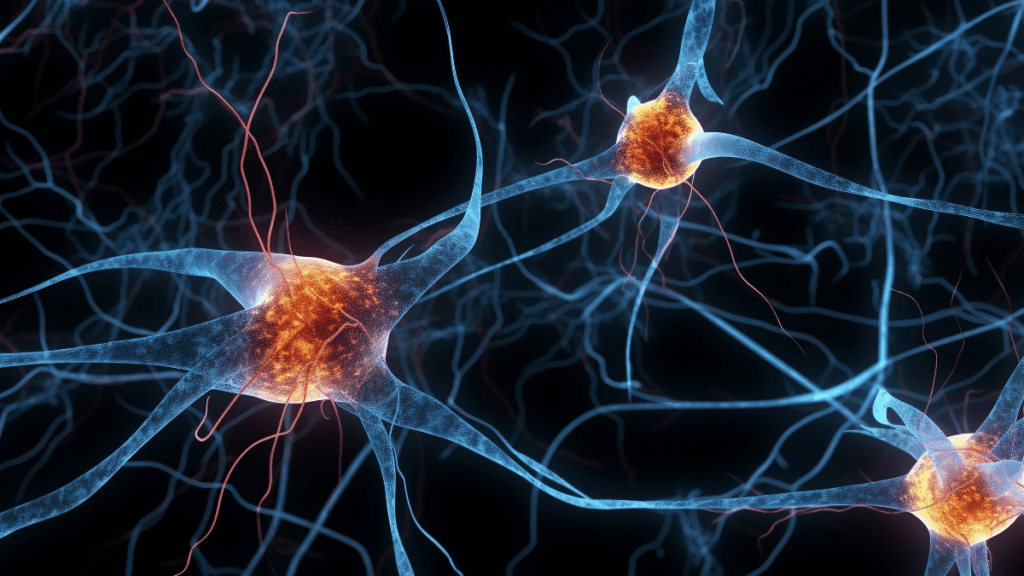
Real-Life Transformations Through Brain Plasticity Neuroplasticity
How do trauma survivors use brain plasticity neuroplasticity to heal?
Healing is not just emotional. It’s neurological. People who have faced deep trauma often carry the scars in their nervous systems. Yet, recovery is possible—thanks to neuroplasticity.
According to PositivePsychology.com, survivors can rewire how their brain processes fear, shame, and stress. Through therapy, breathwork, or mindfulness, the brain begins to release its grip on the past.
For instance, EMDR therapy shows how eye movements can help rewrite traumatic memories. These shifts aren’t imagined. Brain scans confirm real structural changes during the healing process.
So, transformation isn’t a miracle. It’s a biological upgrade.
Can neuroplasticity enhance learning and creativity?
Absolutely. Your brain loves novelty. When you try something new—whether it’s painting, learning a language, or solving puzzles—your brain lights up with new activity.
Over time, this enhances cognitive flexibility. It allows you to see from different angles, adapt faster, and make better decisions. Healthline notes that these shifts improve both memory and imagination.
In creative fields, neuroplasticity helps break through mental ruts. It rewires default patterns and opens up space for original ideas.
So, when you step outside your comfort zone, your brain grows.
What do brain scans reveal about rewired minds?
Imaging technologies have confirmed what intuition always suspected. According to Headspace, fMRI scans show measurable brain changes in people who meditate, learn, or heal emotional wounds.
For example, the amygdala—the fear center—shrinks with consistent mindfulness practice. Meanwhile, the prefrontal cortex thickens, improving logic, calm, and decision-making.
This proves that inner change leaves outer evidence. And anyone willing to stay consistent can reshape their brain.
It’s not magic. It’s science. And it works.
The Spiritual Side of Brain Plasticity Neuroplasticity
Does brain plasticity neuroplasticity support spiritual awakening?
Yes, and more than most realize. When the brain rewires, so does perception. This shift often opens people to deeper awareness—of self, life, and the present moment.
According to Mindvalley, spiritual practices like meditation, breathwork, and stillness stimulate neural pathways linked to compassion and insight. As those areas grow stronger, so does your sense of purpose and connection.
This awakening isn’t about beliefs. It’s about presence. When your brain learns to silence chaos, your consciousness expands.
So, spiritual growth isn’t separate from science. It’s powered by neuroplasticity.
How can brain plasticity neuroplasticity deepen your connection to others?
True connection begins within. When your brain rewires old emotional patterns—especially those rooted in fear or distrust—it opens space for empathy.
Mindful.org reports that compassion-based practices actually reshape the brain. They activate regions involved in understanding others, emotional regulation, and kindness.
With repeated practice, you begin to feel less reactive and more grounded. You stop projecting old pain. Instead, you meet others with openness.
This shift builds stronger relationships. Not just with people—but with life itself.
What role does intention play in spiritual transformation?
Intentions act like internal GPS signals. They direct your energy. And over time, they guide your brain toward new habits and beliefs.
According to Psychology Today, focusing on intentions—even briefly—activates the brain’s attention and planning centers. This simple act makes change more likely to stick.
So, when you meditate with intention, reflect with purpose, or choose love over fear, your brain follows suit. Every choice leaves a trace. And those traces, when repeated, form your new path.
Spirituality, then, isn’t passive. It’s a decision—reinforced by the biology of your brain.
Conclusion — Rewire Your Reality with Brain Plasticity Neuroplasticity
Your brain is not fixed. It’s alive, dynamic, and constantly evolving. Thanks to brain plasticity neuroplasticity, change is always possible—at any age and in any moment.
Even if you’ve felt stuck for years, your brain is still listening. Every new choice, every mindful breath, and every act of self-care sends a new signal. Over time, those signals create new pathways.
That’s how habits break. That’s how healing begins.
Moreover, you don’t need to wait for a crisis. You can start now—through meditation, movement, or even a nourishing meal. These simple acts are not just healthy. They are neuroplastic.
With repetition, your brain will adapt. It will learn to focus, it will recover from trauma and iHow long does it take to rewire the brain?t will open to creativity, peace, and even spiritual connection.
But it starts with intention. So ask yourself: What do I want my mind to become?
Because the truth is, you are never just thinking. You are always shaping. Always rewiring.
And no matter your past, the path ahead is flexible.
Your future isn’t written in stone—it’s written in synapses.
Now is your chance to rewrite it.
Brain Plasticity Neuroplasticity — FAQ
Can brain plasticity neuroplasticity happen at any age?
Yes. Your brain can change throughout your entire life. While plasticity is strongest in childhood, adults can still rewire their brains. With practice and repetition, the brain adapts, grows, and recovers—even in later years.
How long does it take to rewire the brain?
It depends. Some changes happen in weeks. Others take longer. Factors like consistency, emotional engagement, and the type of habit all affect the timeline. However, with daily effort, most people notice progress within 30 to 90 days.
Is brain plasticity neuroplasticity backed by science?
Absolutely. It’s one of the most well-researched concepts in modern neuroscience. Studies using brain scans, behavioral therapy, and mindfulness show how experience literally reshapes the brain. It’s not a theory—it’s a proven biological process.



